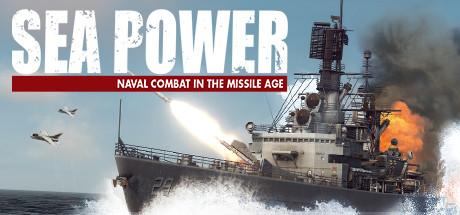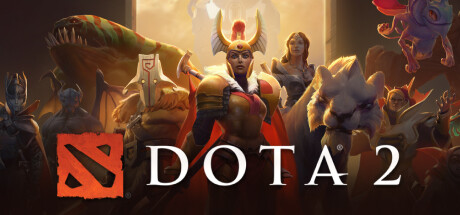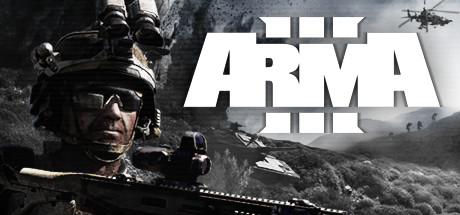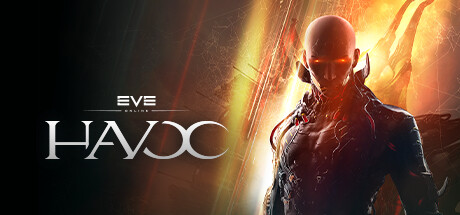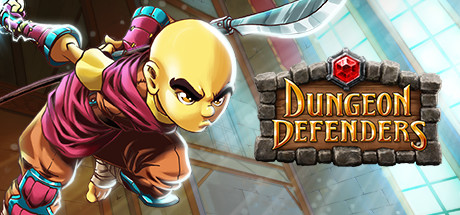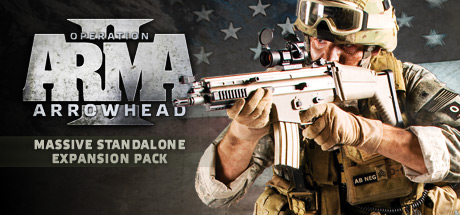Playtime:
366 minutes
At the time of writing this game is still in early access.
I formerly played the original Harpoon as well as CMANO and CMO. This is very similar to those prior games in overall playstyle. Because CMO is the most recent of these three predecessors, I will use it for comparison.
There are two main windows including a 3D view of the world as a fixed window and a resizable second window that overlays this. The secondary window is where actual commands are given and are very, very similar to CMO. For planes you can select heading, altitude, and speed. For subs you can select heading, depth (including above or beyond the boundary layer), and speed with or without accepting cavitation. Ships get the same but without depth. In addition, you can select how much EMCON you want and broad rules of engagement. Units can act independently or can be put in groups and commanded in formation. If you have played CMO, this will all seem very second nature.
Compared to CMO, there are some realism gaps. In real life, most missiles spend all of their energy getting up to speed, then coast to the target (some cruise missiles with air breathing engines are an exception). This means the missile's energy starts low, gets very high, then drops over time until it just falls out of the air. This is all modeled in CMO but is simplified in Sea Power. In Sea Power, a missile gets to top speed nearly instantly, then continues at max speed until it reaches its max distance. Airplanes like the TU-95 can go from 6,000 feet to 35,000 feet in just a few minutes without losing speed. Etc. This all shows that energy management is simplified and currently can't be used in strategy. Score one for CMO over Sea Power.
Having said that, unless you add the third party TacView to CMO, your only immersion in the game is your imagination. Units are only an icon on the world map and a static picture in the corner showing a historic photo of an example of what that unit looks like. For pure gameplay that is enough. In Sea Power, that icon view is reproduced (but not the historic photo). What is wildly different in Sea Power is that each unit is visually represented in 3D with all associated weapons. I just finished a game that included TU-22Ms with 3 gigantic air to surface missiles each. If I launced one missile, that missile left the rail and rocketed towards its target. When the plane was at cruising speed the wings opened and when at afterburner the wings swept back. An old school Soviet submarine with surface-to-surface missiles needed to surface, raised the launch tubes, and one by one launched missiles from tubes that opened. When missiles head towards enemy ships, those ships will fire surface to air missiles, cannon shells that get progressively more accurate, and chaff that can confuse the missile to fly harmlessly overhead. You can lock your view on one of your missiles to watch it drive towards the target as the target ship fires everything it has at it.
Does any of this detail change gameplay? No, not really. But it really adds an amazing layer of immersion and fun.
A perfect game would be CMO with this level of zoomed in detail to watch the action happen (without requiring purchase of a third party software) or this game with CMO's more realistic energy management.
👍 : 22 |
😃 : 0
